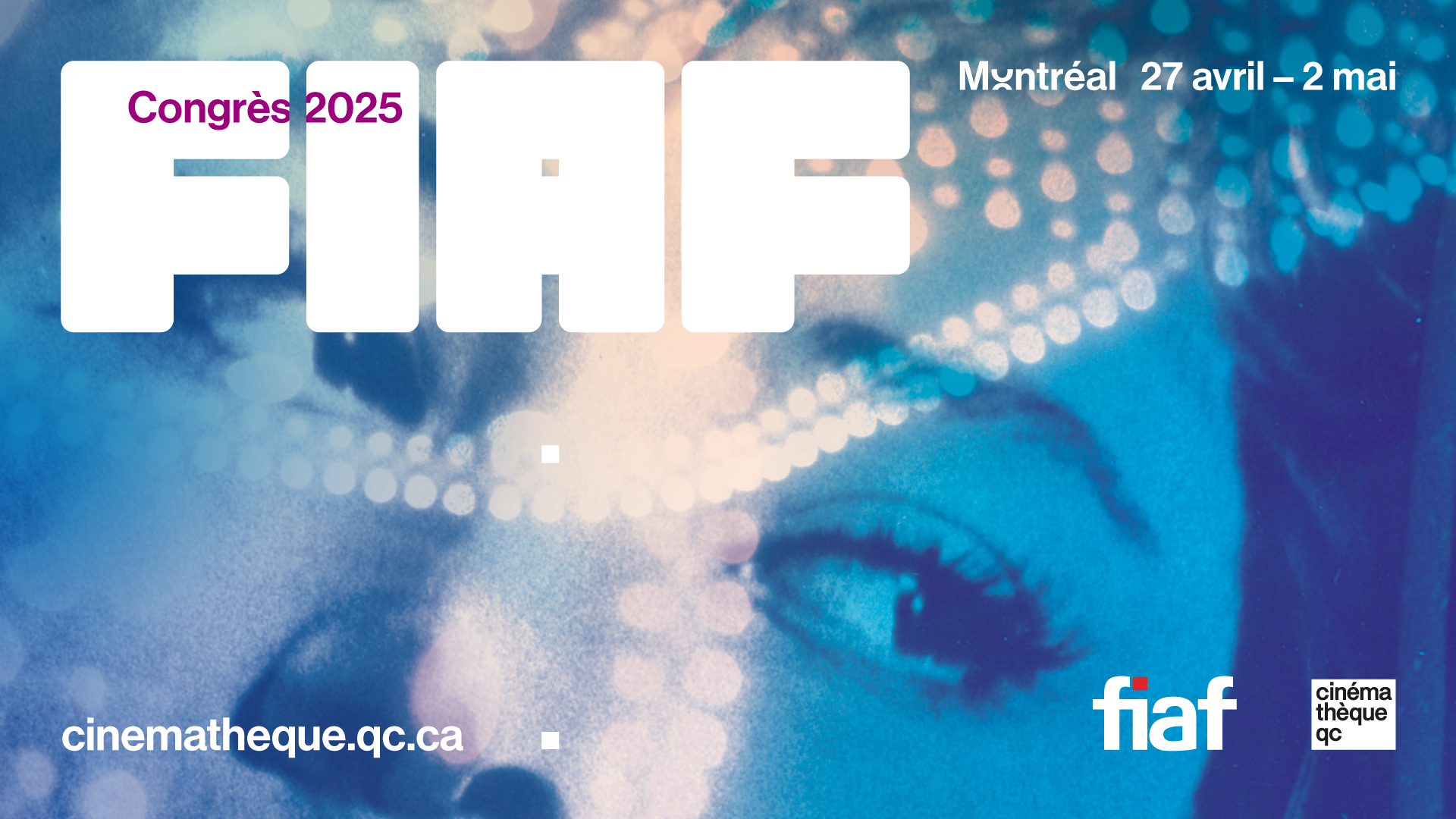They were hidden away for 100 years, but now the stunning glass plate negatives are available for all to see and some will even be appearing on the silver screen. Discover the challenges overcome by Sutton Archives in digitising and cataloguing over 10,000 remarkable images.
By Abby Matthews – Archive Manager, London Borough of Sutton
From 1904-1918, 18 High Street, Sutton, South London (then Surrey) was occupied by David Knights-Whittome; ‘Photographer to the King’. From this small shop, named ‘The Studio, Sutton’, and another premises at 24 Station Road, Epsom, Knights-Whittome produced thousands of photographs of local people, places, events and institutions as well as images of country houses, aristocratic events and of the Royal Family during a seminal period in British history.
In 1918, Knights-Whittome abandoned professional photography and moved away from Sutton altogether, eventually taking up a career in local politics in Hertfordshire. The vast collection of glass plate negatives he had produced during this period, were left behind in the cellar of the shop and over time were largely forgotten.

In 1978, the building housing 18 High Street – later occupied by Linwood Strong optician – was demolished, but not before the photographic legacy of this remarkable man was discovered by a member of the public and removed to the Sutton archive service.
The collection, of over 10,000 glass plate negatives, remained undocumented and unseen by the public for close to 100 years.
In 2014, a Heritage Lottery Fund grant enabled work on this important and endangered archive to begin and over a period of 4 years, (with a further grant in 2016) a total of 10,700 images have been cleaned or conserved, rehoused, digitised, catalogued to CALM, and researched.
Now complete, the Past on Glass project images appear on our Sutton Archives CALM catalogue as well as on a dedicated project Flickr site and WordPress blog. The collection represents a lost generation of men, women and children with connection to Sutton, Epsom and the surrounding areas.

Challenges…
The challenges of the project were multiple, not least among them, the need to manage consistency of practice and data collection across a large (mainly volunteer) project team. It was decided from an early stage to streamline this by compiling all catalogue and image metadata information into a pre-determined MS Excel template, which could then be cleaned and streamlined before being migrated into CALM via mailmerge.
The data collection evolved over time, starting as a largely freetext exercise (with guidelines offered to all volunteers), and tightening up overtime to be more strictly regulated by drop down menus and compulsory fields.

The exercise was further complicated by the fact that our only real source of information about the collection was the original envelopes within which the negatives were contained. These were made of poor quality craft paper, into which the ink handwriting had bled. The handwriting itself was frequently difficult to transcribe, or illegible, and the recordkeeping of the studio was idiosyncratic, meaning that the numbering and spelling of clients from plate to plate varied hugely.
Added to this, the workflow imposed by managing a large team with differing skills and abilities, meant that the digitisation process was broken into distinct stages. Negative and envelope were separated at an early stage, and different individuals took responsibility for the naming of image files and rehousing of plates, to those who added envelope information to the catalogue.
The possibility of items failing to marry up on the catalogue was very real, and required frequent checks and interventions. The data clean-up operation prior to migration was a significant part of the project work.

Reflections…
The collection was uncatalogued before digitisation began. With hindsight this was not helpful, as plates, albums and prints acquired digital image names which do not equate to the final catalogue reference numbers, and we rely on the database to generate those relationships between image and catalogue.
This is certainly something we would approach differently in future projects of this kind, but this project has been nothing if not a huge learning curve for Sutton, and overall the huge successes of this work far outweigh any retrospective issues we may have with the catalogue.
The work has not only enabled us to create access to a unique and powerful collection which has opened dialogue and discussion among researchers, local historians and descendants of the subjects, but it has also facilitated discussion with colleagues in the sector about digitisation of this material.

A symposium based on this subject took place in collaboration with PARC at the University of the Arts in 2018, and collaboration with conservators has led to new research and to innovative and fruitful partnership with universities to offer student placements and hands-on work experience.
Excitingly, two Knights-Whittome images from the collection are currently appearing in the 2020 Sam Mendes blockbuster ‘1917’.
The David Knights-Whittome Glass Plate Collection is held at Sutton Local Studies & Archives Centre, based at Sutton Central Library, St Nicholas Way, Sutton SM1 1EA. For more detail about the collection itself, and for all enquiries relating to the material, contact Archive Manager Abby Matthews directly on 020 8770 4746 or email : abby.matthews@sutton.gov.uk, or visit Sutton Archives’ project blog at https://pastonglass.wordpress.com/




